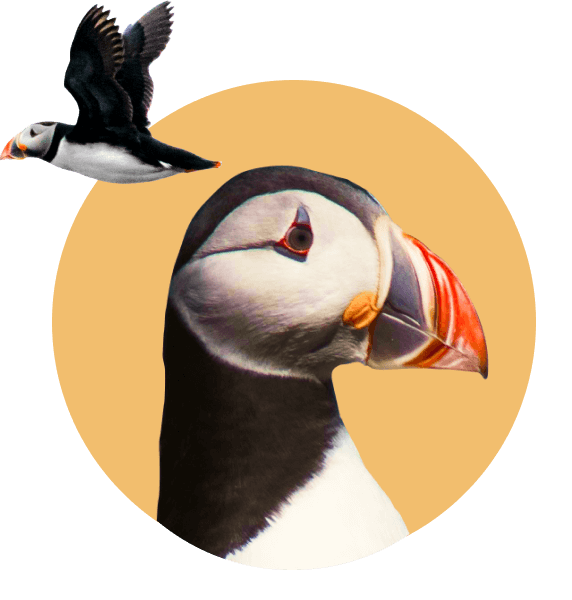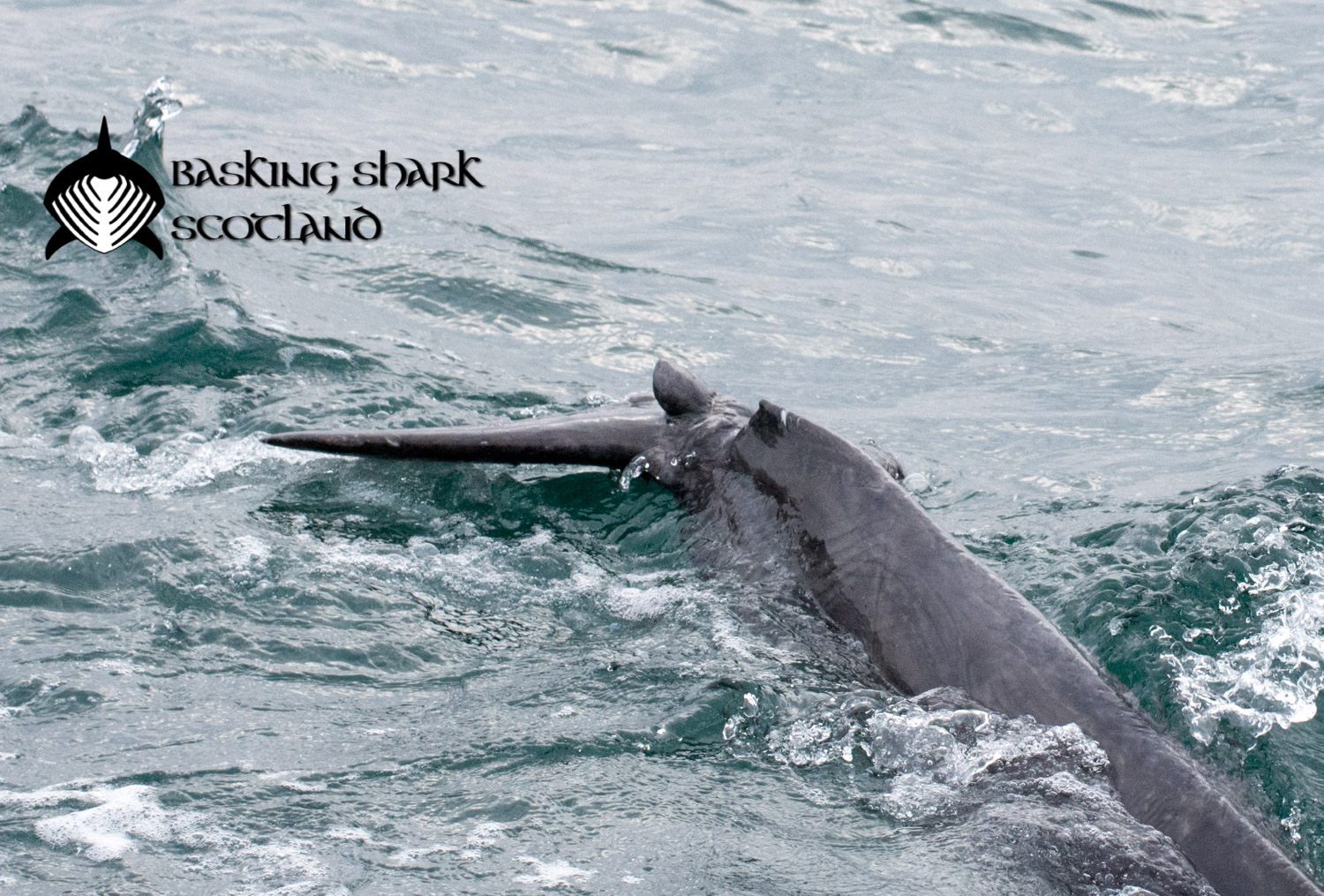
Bottlenose Dolphin Appears Healthy Year After Injury
Apr 13 2017

Last weekend we were fortunate enough to have a great sighting of bottlenose dolphins to the south of Oban. We have a resident pod that lives around the Inner Hebrides and we see them in various locations throughout the year.
They were quite playful with us, approaching our boat at speed, wishing to bow ride and circle us when we shut down the boat to watch them. We immediately noticed that one has an obvious, large chunk missing from the bottom of the tail stalk. It was well healed and didn’t seem to affect its movement much thankfully. We enjoyed our sighting but made sure we took some images of the individual and the damaged area as we knew we hadn’t seen it before it that it could be important.

Firstly, the damage looked to be from an impact and so the most probable cause would have been a boat strike. It’s important that the boating community understand the way to behave around these marine mammals. Although from the size, it would probably be unlikely from a small propellor.
Secondly, we do see the Inner Hebrides pod on numerous occasions throughout the year along with our friends and colleagues around the coast. At the time we knew we had not seen this individual before and had not been aware of others reporting it either. These dolphins are studied by researchers at the Scottish Association for Marine Science (SAMS) in Oban and with such an easily distinguishable injury, it could lead to easy identification of the individual. As such it forms the basis for a small and interesting case study for any historical or future re-sightings and monitoring pod movements.
This week we have been asking around friends, colleagues and organisations about other sightings of this dolphin. The chronology we have found so far appears to be as follows;
May 2016 – Sighted NW Mull Coast (Reported to HWDT)
June 2016 – Sighted SE Scarba, Sound of Luing (Reported by Claire at Seafari)
July 2016 – Sighted Tobermory, Mull (Reported to HWDT)
7th July 2016 – Sighted near Scarba, Sound of Luing (Reported by Karen Boswarva, Sealife Adventures)
At the moment, we have no further information until around Saturday 8th April 2017 when we sighted it. There were also unconfirmed sightings during the week from boat operators around Easdale.
It appears that the first sightings were around May 2016 and it was reported that the injury seemed fresh at that time. That is nearly a full year ago and the great news is the dolphin has survived the injury and, a year later, is seemingly healthy and relatively un-affected.
Dolphins are highly intelligent and live in a matriarchal society. When there are weaker individuals they are looked after by other members of the pod. They may assist in many ways, including hunting so that the survival chances in these circumstances are much higher for the compromised individual. It’s likely if this animal struggled to hunt or help the pod hunt due to the injury, it would have been nursed by other members of the pod.
A search of scientific journals reveals that there has been a lot of international research conducted on the healing process of bottlenose dolphins. Some research has pointed towards the ability to restrict blood flow to tissues, which may help stem loss during injury. This is a really interesting aspect and may relate to the mammalian diving reflex, which is the mechanism of slowing their heart rate and diverting blood flow from the extremities to conserve energy/ respiration during a breath-hold/ diving event. There are reports of the tissues themselves having anti-microbial rapid healing properties. An example of this is the research carried out by Bloom & Jager (1994). They monitored external healing from a deep wound caused by propellor strikes in bottlenose dolphins in the north-east of England. They found healing time to be around four months for the deeper injury but smaller superficial wounds took around 37 days.
Using the example from above, if our dolphin was first spotted with a fresh-ish wound in May 2016 then it’s likely that the injury could be from March or April 2016. As much as it’s great to use the example as a demonstration of the amazing properties of dolphins, it’s also a good education point around how boaties need to be responsible around marine mammals. We would highly recommend the WISE training scheme which gives guidance on best practice when operating around marine wildlife.



